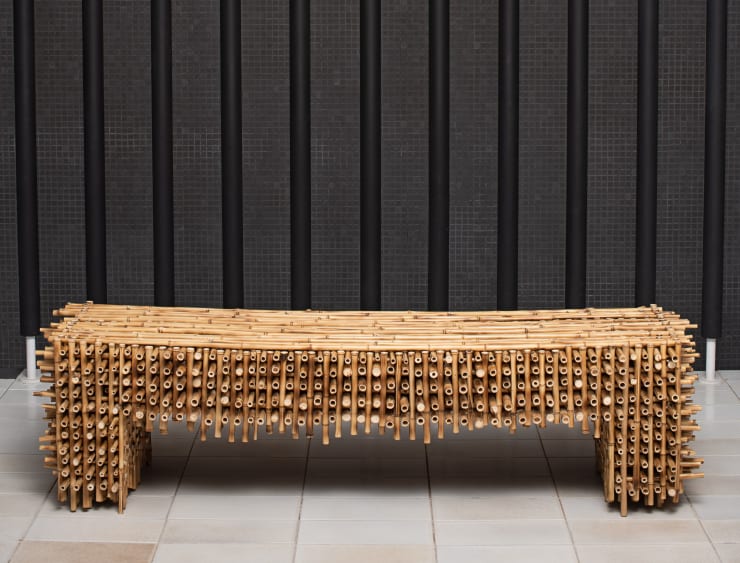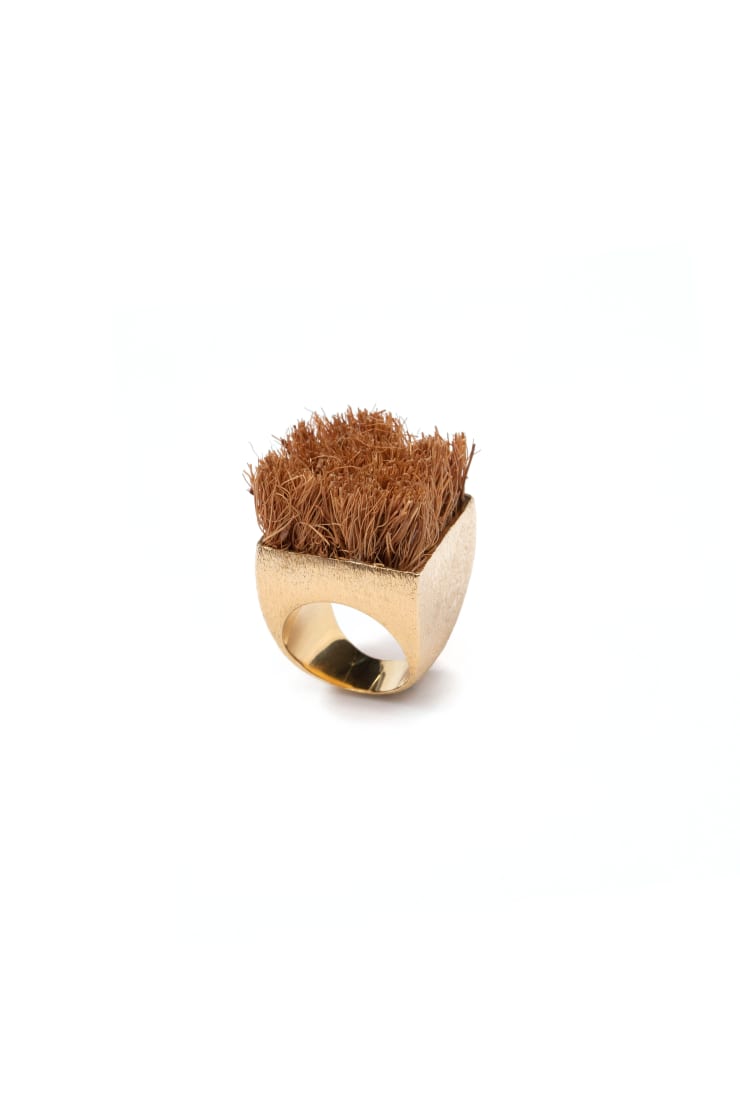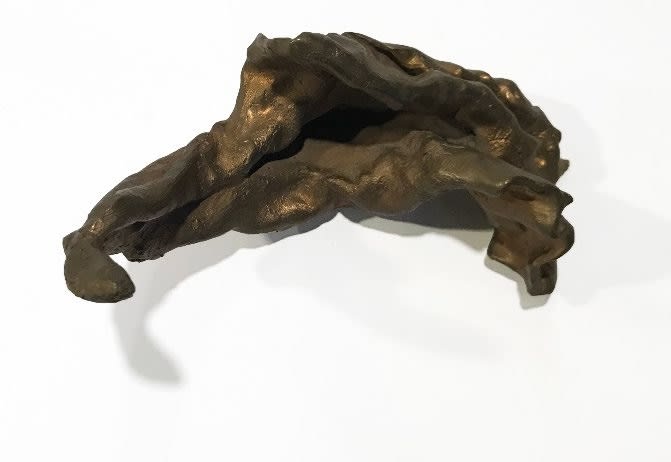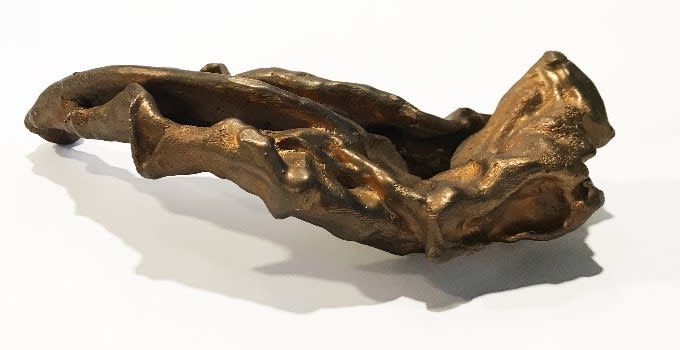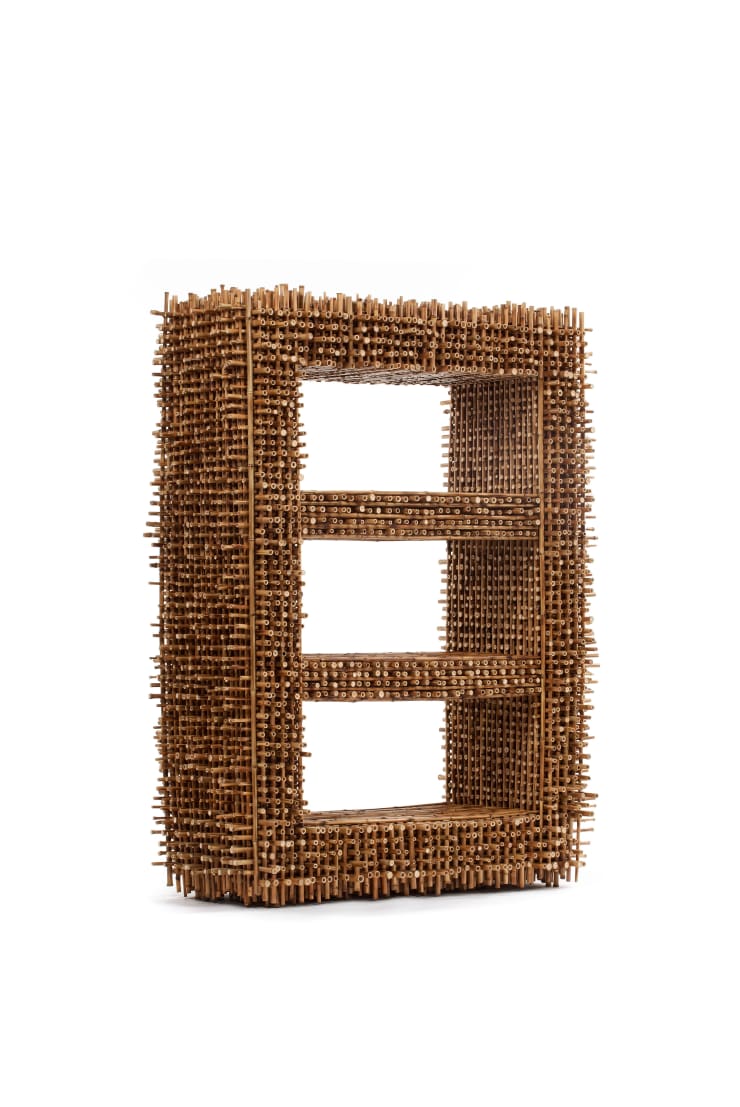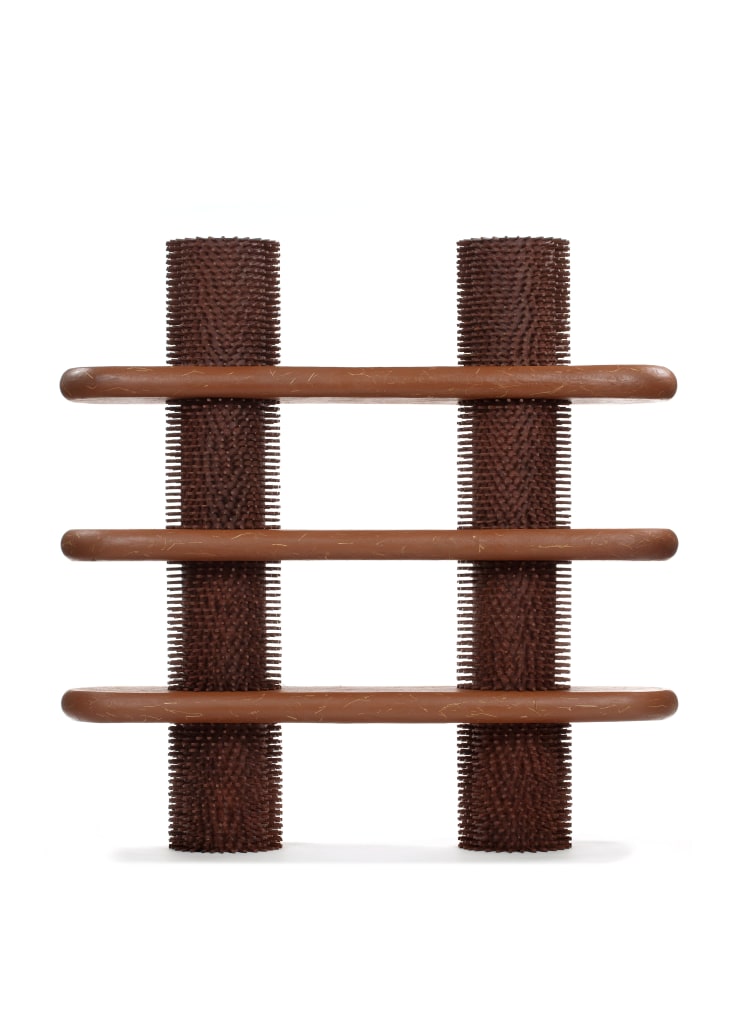Campana | Eu Escuto
Luciana Brito Galeria is presenting Eu Escuto [I Listen], Estúdio Campana’s second exhibition at the gallery. The show features a new group of works that reinforce the essence of the firm’s approach to design with a highlight on Humberto Campana's distinctive production two years after the passing of his brother and the studio’s cofounder. Eu Escuto thus honors the memory of Fernando Campana in a tribute that celebrates his legacy and recalls the early phase of the duo’s work in design.
More than 20 works are shown in the gallery's Modernist Room, establishing a dialogue with the space that expresses Brazilian identity. Vernacular knowledge and artisanal techniques, which have always been essential in the Campana brothers’ research, are once again used by Humberto Campana. He has applied them in ways consistent with the essence of materials such as bamboo, terracotta, and iron, while imbuing the pieces with a more spiritualized perspective, marking a new creative phase. Humberto explains: "These past two years have dramatically heightened my senses. The silence and reflection on path of learning I shared with Fernando showed me that, essentially, we learned to listen to each other. Not necessarily always agreeing, but always opening room for the other’s vision. Even today, I continue to hear and learn from him through dreams and memories of our many years of working together – which perhaps explains the explosion of ideas in recent years.”
Earth is the material guiding thread of the exhibition Eu Escuto, used in most of the works, including the Totem collection consisting of the pieces Macaúva (2023), Facheiro (2024), Caliandra (2024), and Imburana (2024), which allude to shamans and deities. These works represent the encounter with the sacred, and historically symbolize ancestry and spirituality, while affirming humankind’s interdependence with nature. The age-old tradition of totemism, deeply rooted among the indigenous peoples of North America and regions of Africa, Oceania, and Asia, is given a contemporary reading by the artist, who uses its elements as symbols of cultural and spiritual diversity. The artist has crafted these totems from terracotta, accompanying them with variations in metal and straw. Named after plants from the Brazilian cerrado, they serve as altars where we can place symbols of our affection and anything else we wish to protect.
Another technique he uses is that of architectural adobe, imbued with the tradition of hand craftsmanship and popular wisdom. Estúdio Campana used this technique that combines earth with plant fiber to create utilitarian pieces such as Console Figueira (2023), Estante Paineira (2023), and Armário Adobe (2024). The firm has furthermore advanced in its recurrent practice of using bamboo, another key material in Brazilian vernacular culture. This versatile, resistant, and easily accessible plant-based material now appears in the woven patterns of the Faquir collection, consisting of Estante Faquir (2024) and Banco Faquir (2024), with an airy texture that allows light to pass through. The show also features the chandelier in bamboo and aluminum titled Chandelier Umburuçu (2024).
Eu Escuto also features a pair of rugs: Antiqua (2024) and Marc (2024). Made from silk and cotton, they were handcrafted in Guatemala using ancestral techniques from the Antiqua region. The exhibition moreover includes the Poltrona Raízes (2023), a new development of the firm’s armchair series, in this case using patches of sheepskin with a texture akin to that of tree moss.
Humberto Campana is also presenting a new group of drawings that evoke the connection to life and its regenerate capacity. The shapes of cells, which transform into imaginary living structures, allude to the multiplication, vibration, and movement of species. For their part, the two series Folhas de Bronze (2014) and Animais Híbridos – created solely by Fernando Campana during the period when the studio was prototyping collections centered on the theme of hybridism – clearly reflect the artist's creative independence.
On this occasion, the gallery's collection will also include two works from Instituto Campana: Coração Coroado (2024) and Anel de Capacho (2017–2024), the latter of which is being relaunched in a commemorative edition for Estúdio Campana's 40th anniversary. The ring arose from an investigation into the hybridism between cultures and natural materials of different temperatures, and the proceeds from its sale are going to the institution's philanthropic educational programs. The symbolism and various materials used in the Coração Coroado sculpture combine significant elements from the Campana universe. The natural stone was obtained from the recently inaugurated Campana Park, in the city of Brotas, where Fernando and Humberto Campana grew up. This direct connection to the brothers' birthplace and background is nestled in shavings of recycled aluminum, using a technique explored by Fernando and adopted by Humberto.





